How I record Norwegian locations
Here is an article about how I record locations in my genealogy software. Also a little bit about dates.
Before you start to read you might want to look at my article How I record person names. Note “the three R’s of recording”
You might also find some useful information in the article Norwegian farm structure. Also, the article Find Norwegian place names is relevant for this topic.
As I did in my article about recording names, I want to start by underlining that this is not how you should or must record locations, this is how I do it.
It is important to distinguish between Anne Olsdatter Berg born 1859 in Dal parish from Anne Olsdatter Berg born 1859 in Vik parish
The purpose of recording locations is, of course, to leave no doubt about where an event took place. Recording correct locations is a crucial part of the gathering of evidence for our genealogy. We know that many first-name-patronym combinations were very common. There are also numerous examples of the same place/farm names appearing in many different places in Norway.
I touched on locations in my article about names as I told you that I, in the surname field, I record the name of the farm where a person was born.
Let’s look at what options we have:
I sometimes see people use the name of districts such as Gudbrandsdalen, Nordfjord, Trøndelag etc. when recording locations. I recommend against this as I think using the alternatives I have listed here are better and more precise.
- Farm part (bruk)/Cotter Place(husmannsplass)/Street address
- Farm (gard)
- Local parish (sogn)
- Parish (Prestegjeld)
- Town/Village
- County (amt/fylke)
- Country
Farm part (bruk)/Cotter’s Place(husmannsplass)/Street address
I use the name, if known, of the farm part or cotter place where the person lived. In older sources the names of the main farm and not the names of the farm parts or cotter places were recorded. We find the farm parts/cotter places named in the later cadastrals. In more modern times where births and deaths often take place in hospitals, individual adjustments are needed.
Farm (gard)
This is the name of the original undivided farm. This is normally the identification information that is used in the records. E.g. Ole Hansen living at Oppigarden (farm part) under the main farm Berg is usually recorded as Ole Hansen Berg. The farm name where the person was born, is the information I put in the surname field in my genealogy software. I also record this name as part of a location.
Local parish/Parish
Every Norwegian parish (prestegjeld) is divided into a 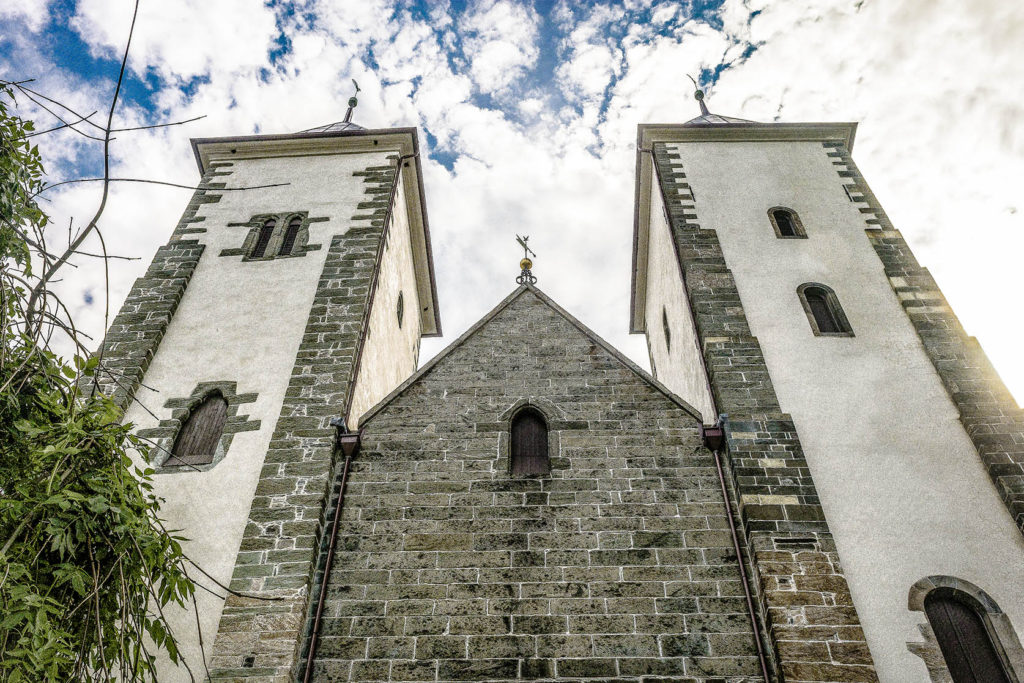 number of local parishes (sogn). In older church records where several localparishes were recorded in the same book, it can be a bit hard to pick out the right one. You should note that weddings and baptisms might not necessarily take place in the local parish where the person lived. I record the local parish and parish as part of the location. When an event took place in the main local parish such as Vestnes local parish in Vestnes parish, I tend to write only “Vestnes parish”. One may debate whether this is smart or “correct”. Of course, if the same farmname appeare in several local parishes whitin the same parish, this would not be precise.
number of local parishes (sogn). In older church records where several localparishes were recorded in the same book, it can be a bit hard to pick out the right one. You should note that weddings and baptisms might not necessarily take place in the local parish where the person lived. I record the local parish and parish as part of the location. When an event took place in the main local parish such as Vestnes local parish in Vestnes parish, I tend to write only “Vestnes parish”. One may debate whether this is smart or “correct”. Of course, if the same farmname appeare in several local parishes whitin the same parish, this would not be precise.
Town/Village
When the name of the local parish and/or parish doesn’t give me any real geographical information I add the name of the village or town. E.g. “Domkirken local parish in Domkirken parish” I add e.g. Bergen (town) to clarify this.
County
I think that it is smart to record county. County is the same as fylke or earlier amt. I must admit that I have not always included this in locations within the county where we live. As I now often share my data with others, I realize that I need to include the county.
Country
I normally don’t include country when recording locations. Except for two, my ancestors came from Norway. You might have ancestors from many different places and there will be a need to identify the country.

I record the locations with the administrative units they were part of when the event took place. I have ancestors that were born in Veøy parish and died in Vestnes parish even though both events probably took place in the same bed.
I do however, use modern-day names for farms. This goes also for parishes and counties as this is how they are indexed in the Digital archives. It is also easier to recognize for me and my readers (Ref:3rd R)
I don’t mean to be condescending, but we often see a lot of strange spellings and location names in genealogies. I recommend to spend time with geography. This will help you when searching for Norwegian ancestors. Get the location and spelling right (see Find Norwegian place names) and use the Norwegian characters (see: The lost symbols).
Dates
I guess dating format isn’t that much of a problem to figure out. I am mentioning it because in Norway we write the date as “day-month-year”. If you come across the dating 04.03. 1873, this is not April 3rd, it is March 4th. If you are dealing with derived Norwegian Sources this may be something to keep in mind. As I from time to time share my information with English-speaking friends/relatives I use the date format “number-letter-number”; 04 Mar 1873. I do this to be sure to avoid any confusion. No matter what format you go for, I think you should use it consistently. If you use a well-developed genealogy software, you have the option to change the date formatting.
Here is a screenshot of the formatting menu in the Legacy software. No matter what I write in the date field, the software changes the formatting to the one I have chosen here.
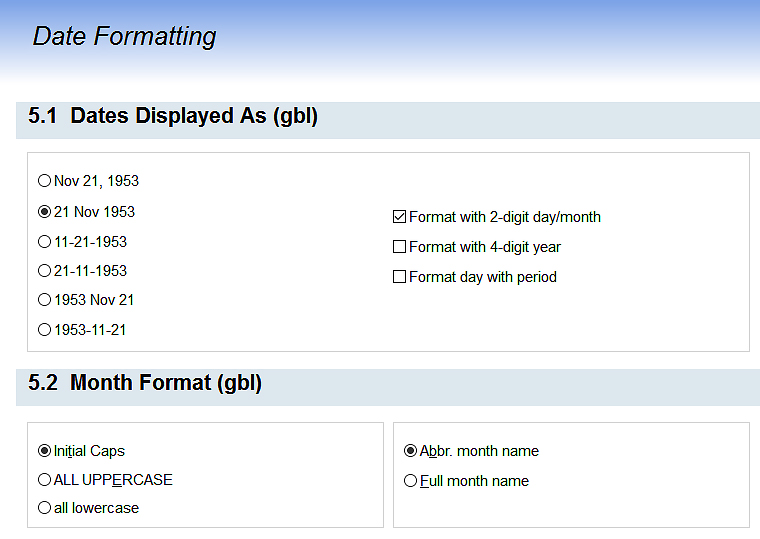
I hope you have found something of interest here. Don’t hesitate to comment if you have questions about, or views on this topic. I would be really happy if you shared my articles with your fellow genealogists.

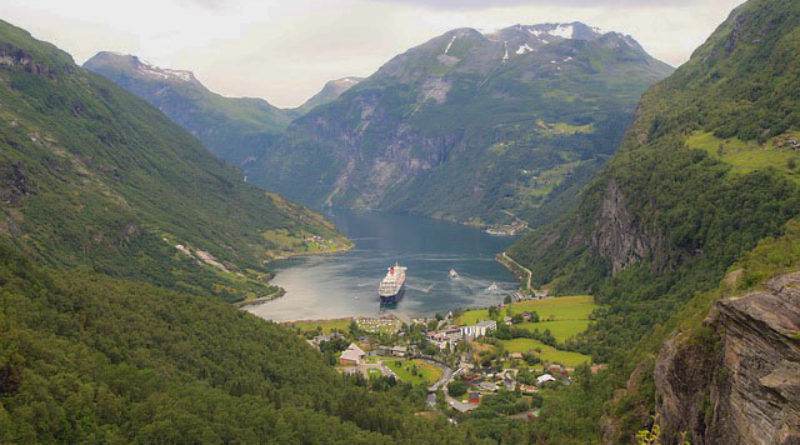

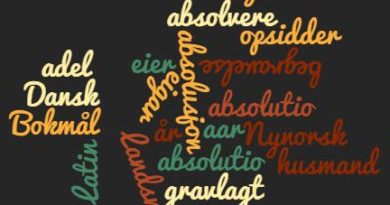

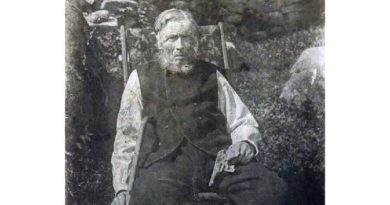
I think this article is helpful for Sweden and Finland as well. Would you agree?
Nice to hear from you Nancy! I believe that Sweden does have somewhat similar church and civil administrative units so you might be right. I don’t know anything about the conditions in Finland, so I really can’t comment on that. Maybe some other readers could comment on this?
So helpful! I’m just starting to try and reconcile the place names from my family’s Norwegian ancestry, and I have had a hard time finding guidance on how all these place-names go together. Do you have any hints on where to look for the changes in boundaries and names? Ie, when the location changed from Veøy to Vestnes? I’m having a hard time determining if the locations i’m seeing in various documents are the same (just named differently) or really different places. I’d like to try to explain those changes when I share this information with family, since they know a place as B when it may have really been A at the time their great-great grandparents lived. Is there a ‘magic decoder ring’ somewhere?
Hello Robin
Thanks for visiting and for commenting.
It can sometimes be easy to confuse the administrative units. When it comes to parish boundaries you can have a look here. https://www.digitalarkivet.no/census/rural-residence/bf01038340001605
This is a section of the Digitalarkivet. It is originally in Norwegian, but the Google translate feature is added. This is not a perfect translation, but hopefully you will get the gist of it.
Thank you–I will check that out. Wiki had a very long and confusing article of the changes from fylke to sessel to len to the newer names, and I’m trying to get a handle on them. At least my husband’s family were home-bodies–they lived in the same general area in Buskerud and married people from only a few nearby farms, so can at least focus on that area for now. I think that distant cousins still live on the same farms today.
Fabulous site! Thanks!
I really appreciated your blog-post, as it raises many points that really need to be considered when researching in Norwegian records.
I had a few observations/questions while making some notes on how to reference Norwegian locations:
1) In one place in your article, you state, “I record the locations with the administrative units they were part of when the event took place.” The, almost immediately, you state, “I do however, use modern-day names for farms. This goes also for parishes and counties as this is how they are indexed in the Digital archives.” There appears to be some ambiguity here, as counties are administrative units. Where you intending to say that you maintain the ecclesiastical location names as they where at the time of the event and update the administrative location names to match those in the Digital Archives?
2) You state that, “County is the same as fylke or earlier amt.” Is this truly the case? I believe that in about 1838, there were some relocations and name changes (and further ones in more recent times), such that the alignment was not always exact. That said, I think this lends weight to your stated preference for aligning administrative divisions with those of the Digital archives. At least one can locate the relevant records in the archives.
3) If I might venture an opinion… I’d suggest that the choice to record the surname as the farm name at birth may be somewhat dependent upon the genealogical program used. I understand that you use Legacy and it may use quite a different paradigm for recording information. I can only speak to the capabilities of RootsMagic, which allows each event to include an administrative “place” and a separate “place details”. This means that the surname field can be used for the patronymic without losing the parish and/or farm location for an event. In my program, this practice allows me to tag detailed locations with their GPS coordinates and subsequently map them. It also enables me to quickly verify that the expected pattern of the patronymics a family tree (I find I often make mistakes). As you very correctly noted in one of your articles, the use of “alternative names” is still quite important. My experience has been that these are most needed when Norway required people to choose a surname, or upon their emigration to a country that had fixed surnames.